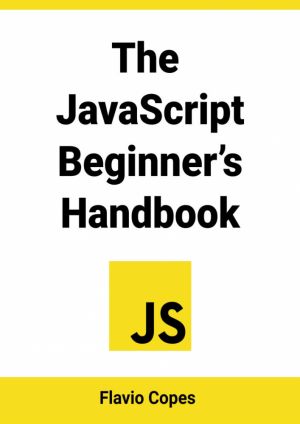

The JavaScript Beginner's Handbook follows the 80/20 rule: learn in 20% of the time the 80% of a topic. The author find this approach gives a well-rounded overview.
This book does not try to cover everything under the sun related to JavaScript. It focuses on the core of the language, trying to simplify the more complex topics. The author hopes the contents of this book will help you achieve what you want: learn the basics of JavaScript.
This open book is licensed under a Open Publication License (OPL). You can download The JavaScript Beginner's Handbook ebook for free in PDF format (0.6 MB).
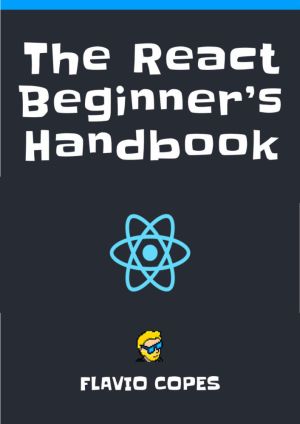
The React Beginner's Handbook follows the 80/20 rule: learn in 20% of the time the 80% of a topic. The author find this approach gives a well-rounded overview. This book does not try to cover everything under the sun related to React. It focuses on the core of the language, trying to simplify the more complex topics. The author hopes the co.
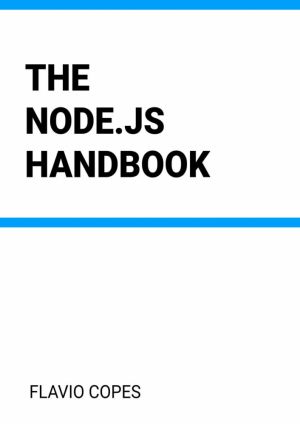
Node.js is built on top of the Google Chrome V8 JavaScript engine, and it's mainly used to create web servers - but it's not limited to that. The Node.js Handbook follows the 80/20 rule: learn in 20% of the time the 80% of a topic. The author find this approach gives a well-rounded overview.
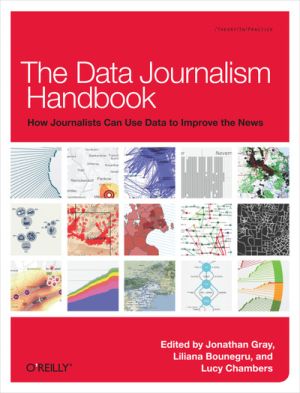
When you combine the sheer scale and range of digital information now available with a journalist's "nose for news" and her ability to tell a compelling story, a new world of possibility opens up. With The Data Journalism Handbook, you'll explore the potential, limits, and applied uses of this new and fascinating field. This .
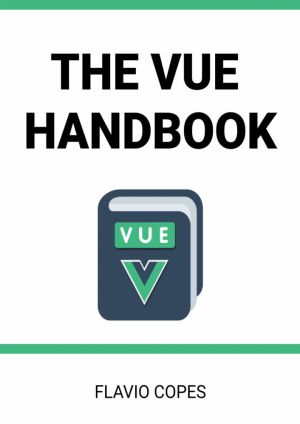
Vue.js is a very impressive project. It's a very popular JavaScript framework, one that's experiencing a huge growth. It is simple, tiny and very performant. The Vue.js Handbook follows the 80/20 rule: learn in 20% of the time the 80% of a topic. The author find this approach gives a well-rounded overview.

This book provides a practical and self-contained overview of the Gene Ontology (GO), the leading project to organize biological knowledge on genes and their products across genomic resources. Written for biologists and bioinformaticians, it covers the state-of-the-art of how GO annotations are made, how they are evaluated, and what sort of analyse.
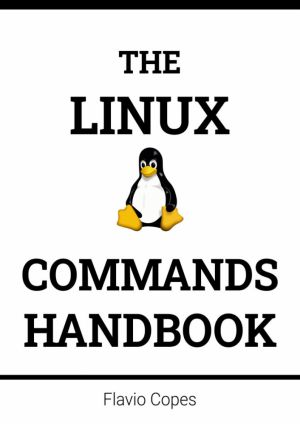
The Linux Commands Handbook follows the 80/20 rule: learn in 20% of the time the 80% of a topic. The author find this approach gives a well-rounded overview. This book does not try to cover everything under the sun related to Linux and its commands. It focuses on the small core commands that you will use the 80% or 90% of the time, trying to sim.